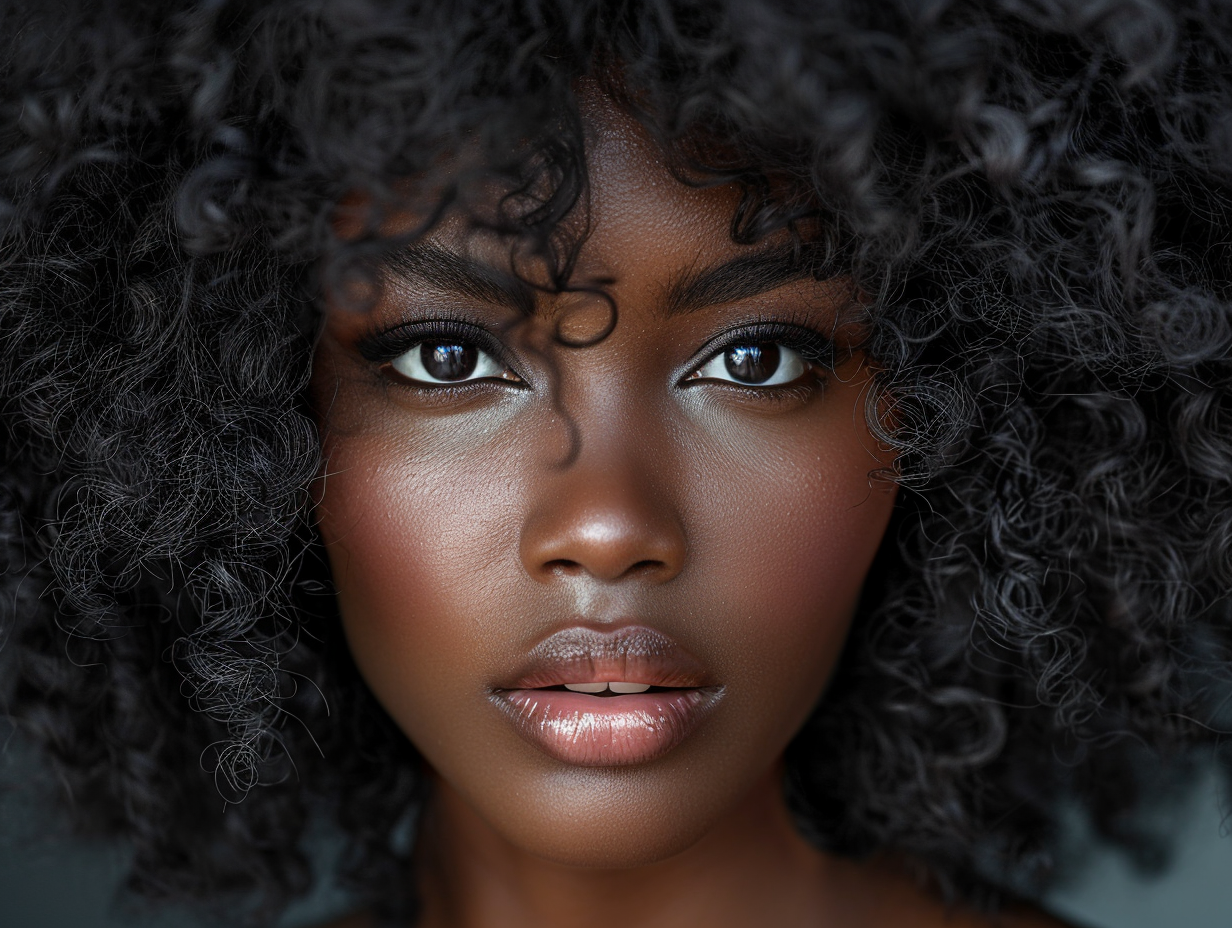Keratin treatments have become a popular solution for individuals seeking smooth, silky hair. These treatments involve applying a keratin-based solution to the hair, which is then sealed with heat to straighten and smooth frizzy or curly hair. While the results can be impressive, offering smoother hair and reduced frizz, there are important considerations and potential risks associated with these treatments.
How keratin treatments work
Keratin, a protein naturally found in hair, acts as a building block. During a keratin treatment, a solution containing this protein is applied to the hair strands. This process helps to smooth the hair and protect it against humidity and damage. However, the chemicals used in some treatments, particularly formaldehyde, have raised health concerns. The U.S. Food & Drug Administration has even considered banning formaldehyde-based hair treatments due to these risks.
Health risks and safety concerns
Formaldehyde, used in some keratin treatments to open the hair’s cuticle, has been classified as a known carcinogen. Exposure to formaldehyde can cause symptoms like watery eyes, nausea, and coughing. A study by the National Institute of Health found that frequent use of hair straightening products, which may contain formaldehyde, could double the risk of developing uterine cancer. Additionally, some treatments have been linked to eczema-like rashes.
Choosing safer alternatives
Given the potential risks, it is crucial to choose treatments that use formaldehyde alternatives. Many salons now offer safer options, and it is important to inquire about the chemicals used in their keratin treatments. Limiting chemical exposure and opting for treatments that do not contain harsh chemicals is advisable, especially for individuals with over-processed or damaged hair and those who are pregnant or breastfeeding.
Cost and duration of keratin treatments
Keratin treatments can be costly, ranging from $250 to $500 depending on the salon and location. Although the process can be lengthy, the results typically last 3 to 5 months. To extend the life of the treatment, it is recommended to use sulfate-free shampoo and minimize the use of hot tools.
Is it worth it?
Before deciding on a keratin treatment, weigh the pros and cons. These treatments can reduce the need for frequent styling and minimize hair damage, but they come with health risks that must be considered. Exploring treatments that avoid harsh chemicals and discussing options with a trusted stylist can help ensure the safety and health of your hair.





